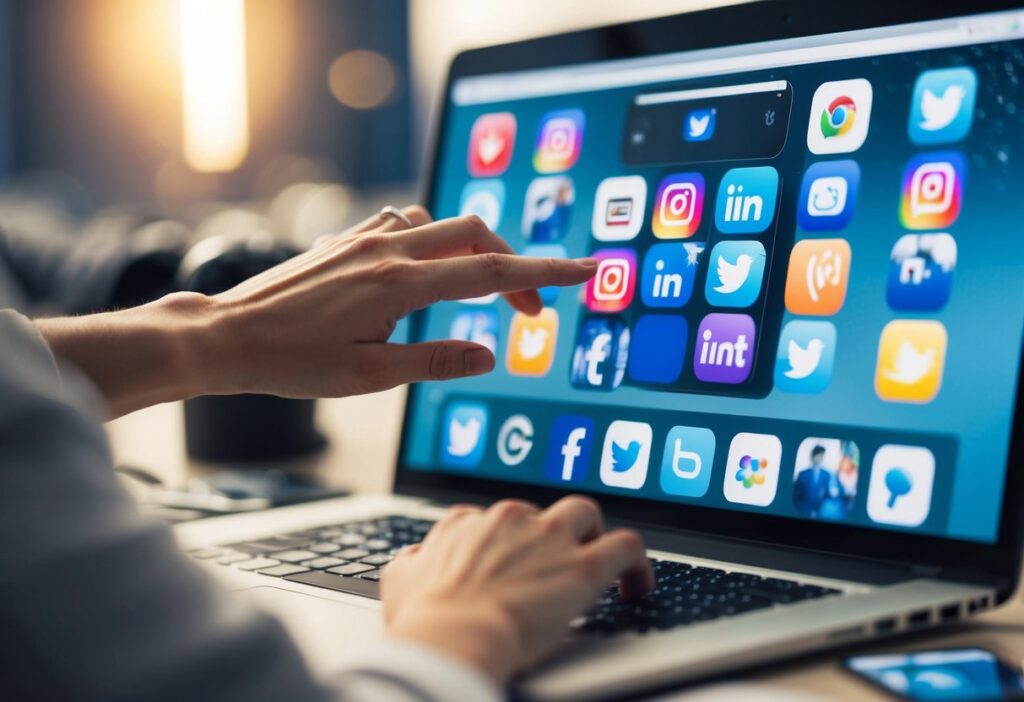These days, many of us feel the need for a social media cleanse. As our screens fill with updates, likes, and constant scrolling, it’s easy to forget how much online time affects our well-being.
A social media cleanse can help us take control of our screen time, reduce stress, and create a more balanced digital life.
We don’t have to cut ourselves off completely to feel better. Simple changes, like turning off notifications or taking breaks from our favorite apps, make a real difference in how we feel each day.
Let’s look at practical tips that make a digital detox less overwhelming and more rewarding. We can all start building healthier online habits.
If you’re ready to change your relationship with social media without feeling deprived, you’re in the right place. Here’s how we can support our well-being and feel more present, one step at a time.
Understanding the Importance of a Social Media Cleanse
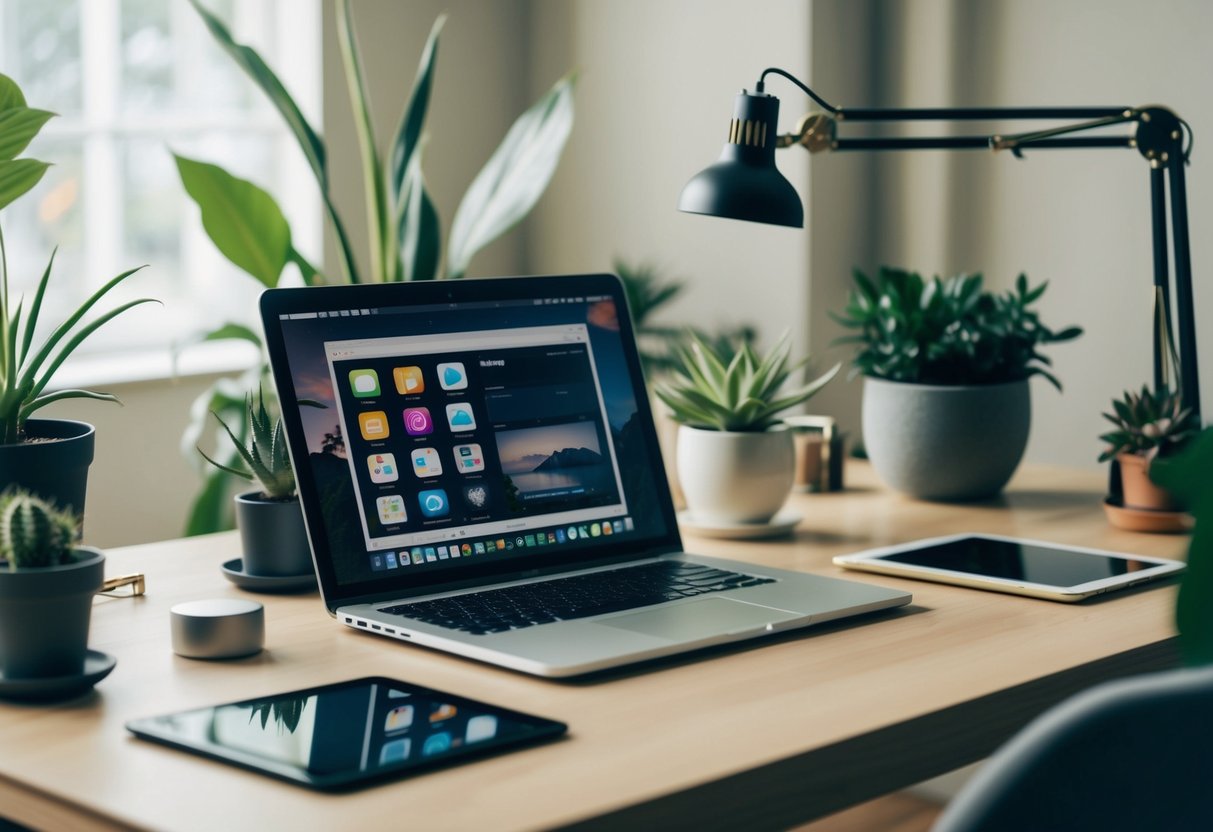
A social media cleanse can change how we feel about ourselves and the world around us. By stepping back from our screens, we open the door to improved mental health, less stress, and stronger relationships.
What Is a Social Media Cleanse?
A social media cleanse means taking a break from platforms like Instagram, Facebook, Twitter, or TikTok. This can be for a few days, weeks, or even longer.
We can do a full cleanse by deleting accounts or just limit our daily use. During a cleanse, we give our minds a break from constant notifications and updates.
This helps us focus more on real-life experiences and people. Setting clear goals, such as reducing screen time or improving sleep, makes the process more effective.
Some people combine cleanses with other healthy habits, like exercising or spending time outdoors. The main aim is to reset our relationship with social media and put our well-being first.
Common Reasons to Start a Cleanse
People have many different reasons for starting a social media cleanse. A lot of us feel overwhelmed by endless scrolling and pressure to keep up with everyone.
This can lead to anxiety and fear of missing out (FOMO). Some want to spend more time with family and friends in person.
Others are tired of comparing themselves to what they see online, which can hurt self-esteem. For many, social media interrupts sleep and makes it harder to focus during the day.
Deciding to step away can help us feel more present and less stressed. Setting goals, like regaining control of our time, helps make the cleanse successful.
See more good reasons at Safe2Help Illinois’ advice on why detoxing from social media can matter.
How Social Media Affects Mental Health
Social media can have a strong impact on our mental health. Constant updates and notifications can increase feelings of stress and anxiety.
Seeing carefully chosen posts can cause us to compare our own lives to others. We might start to feel like we are missing out or that our lives are less exciting.
This sense of loneliness or being left out can hurt our overall well-being. Features like likes, comments, and followers make us look for approval from others.
Too much time online can make it harder to sleep well and lower our life satisfaction. Studies have shown that even a two-week break can lead to better sleep and less social media addiction, stress, and anxiety.
Recognizing Signs You Need a Break
Here are some signs we may need a social media cleanse:
- Feeling anxious or stressed after scrolling
- Sleeping less or having trouble falling asleep
- Having more negative thoughts or low self-esteem
- Comparing ourselves to others often
- Missing out on face-to-face moments
If we notice these signs, it may be time to step back. Paying attention to how we feel after using social media can guide our choices about when to take a break.
Stepping away can help us reconnect with ourselves and those around us.
Preparing for Your Social Media Detox
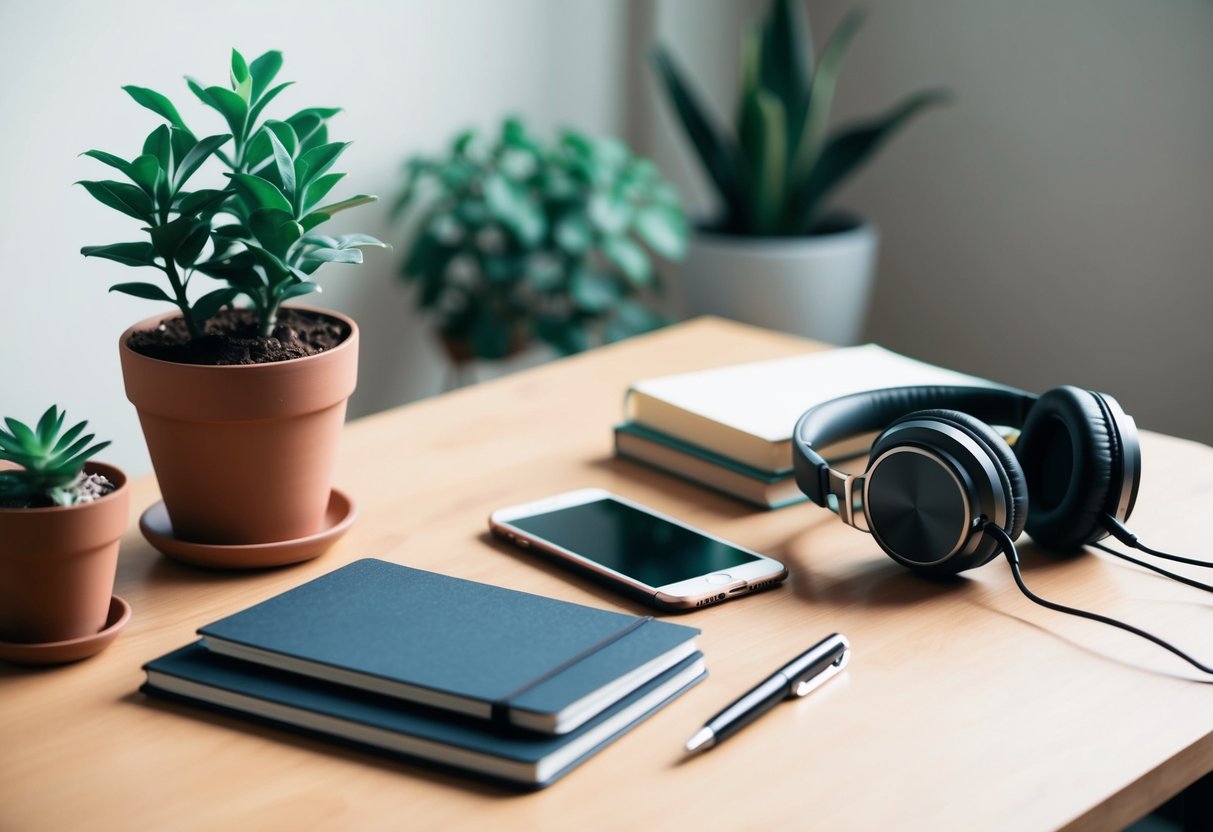
Starting a social media detox can feel overwhelming, but it gets easier if we plan ahead. Clarity, communication, and good timing help us get the most from our cleanse and set us up for real improvement in our daily lives.
Setting Clear Goals and Boundaries
We need to know why we’re doing a social media detox and what we want to change. This might be spending less time on screens, improving focus, lowering stress, or just sleeping better.
Let’s write down our main reasons and decide which apps or sites we’ll avoid first. Limiting screen time or checking accounts only at certain times can also help us stick with it.
Removing “addictive” apps from our home screens is another good way to avoid temptation. We might even use reminders or alarms to keep us accountable.
When we set boundaries, it’s easier to notice positive changes and track our progress. For more tips, see how to set clear goals for a social media detox.
Informing Your Network and Adjusting Expectations
Before our digital detox begins, it’s important to let friends, family, or colleagues know we’ll be less active online. This can prevent confusion and help others understand why our responses might be slower.
We can send a simple message or update our profiles with the dates we’ll be away. If we take breaks from group chats, it’s okay to let others know so they don’t take it personally.
Setting expectations means we don’t have to feel rushed or guilty about unplugging. Others may even support our cleanse or join us in a healthier online routine.
Talking openly about our plan also helps us stay committed.
Choosing the Right Time for a Detox
Timing matters for a successful social media detox. It’s best to pick a period when we’re not expecting urgent news or big events online.
Avoid starting during stressful weeks or right before major projects. Looking at upcoming activities can help us choose a calm stretch for our digital detox.
Some people start on weekends or during holidays. If we’re detoxing with a friend or family member, it’s helpful to sync our schedules.
Planning ahead gives us the best chance to focus on wellness without distractions. For extra guidance, check out these digital detox tips.
Strategies for a Healthier Online Life
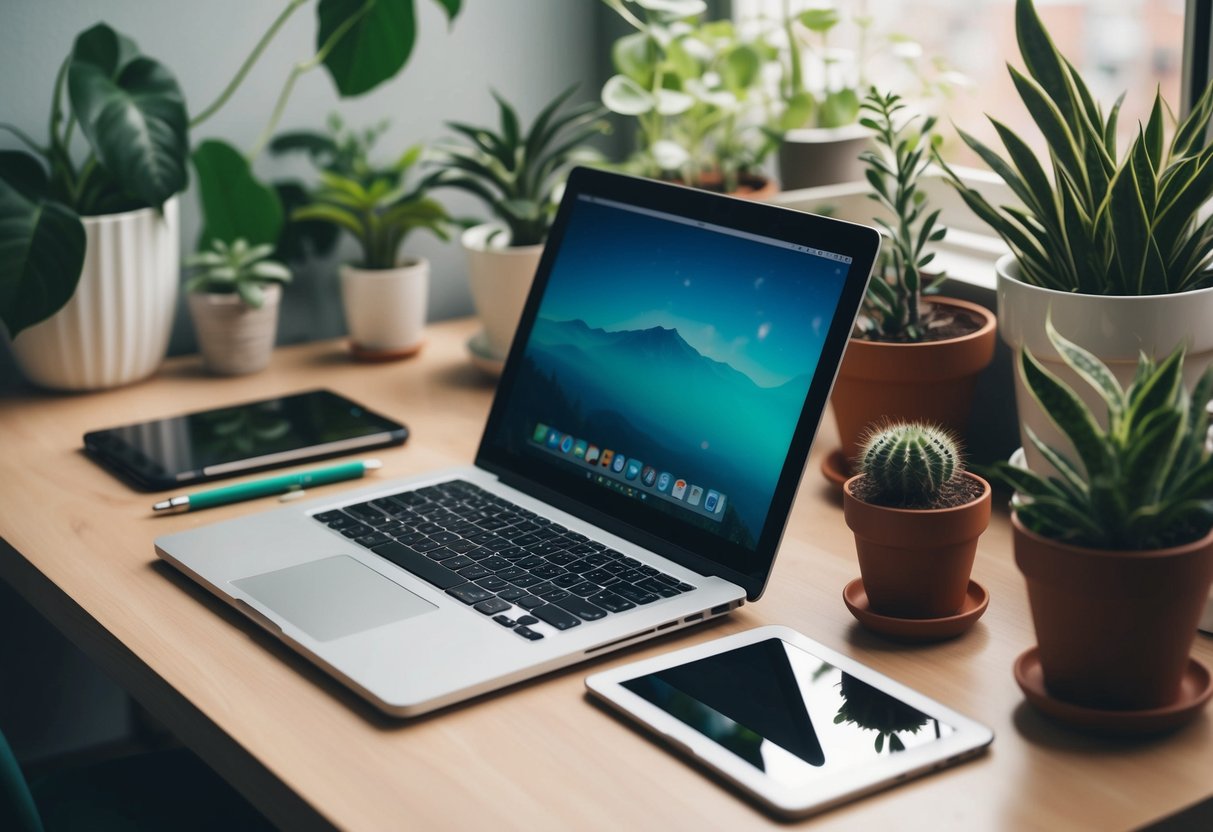
A social media cleanse can quickly change how we feel in our daily routines. Small steps, like setting limits on our phone usage and adjusting our digital habits, can make our lives healthier and calmer.
Reducing Screen Time and Managing Notifications
Let’s face it: screens are everywhere. To avoid getting glued to them, we need to take control of our screen time.
Set specific limits for each app or device. Many phones have built-in screen time tracking tools.
Use them to schedule breaks and keep track of how long we scroll. Push notifications are another problem.
Constant alerts interrupt our focus and raise stress. Turn off non-essential notifications or use “Do Not Disturb” during key parts of the day.
For more ways to cut back, check out these screen management strategies.
Unplugging and Embracing Offline Activities
When we unplug regularly, we give our minds a much-needed reset. Try swapping social media time for real-world activities.
Go for a walk, read a book, or spend time with friends in person. Doing puzzles, cooking, or starting a new hobby keeps us engaged without relying on screens.
Keeping our phone away during these moments helps us be present. For even more ideas, see these offline activity suggestions.
Improving Sleep Quality and Managing Blue Light Exposure
Good sleep is often disrupted by our devices. Blue light from screens can trick our brains into thinking it’s still daytime.
To sleep better, power down devices at least 30 minutes before bed. Use night mode or blue light filters in the evening.
Keep your phone away from your bed—charge it in another room if possible. Getting more rest can make us feel more focused and less anxious when we wake up.
Protecting Your Privacy and Reviewing Policies
Our privacy is often at risk online. Many apps collect more information than we realize.
We should regularly review privacy settings and read privacy policies before signing up. Adjust what we’re sharing—location, contacts, and other personal details—to the minimum level required.
Be cautious when posting personal info on public profiles. Using privacy-focused browsers and apps is one way to keep our data safer.
Reviewing policies helps us avoid unwanted surprises and keeps us in control.
Frequently Asked Questions
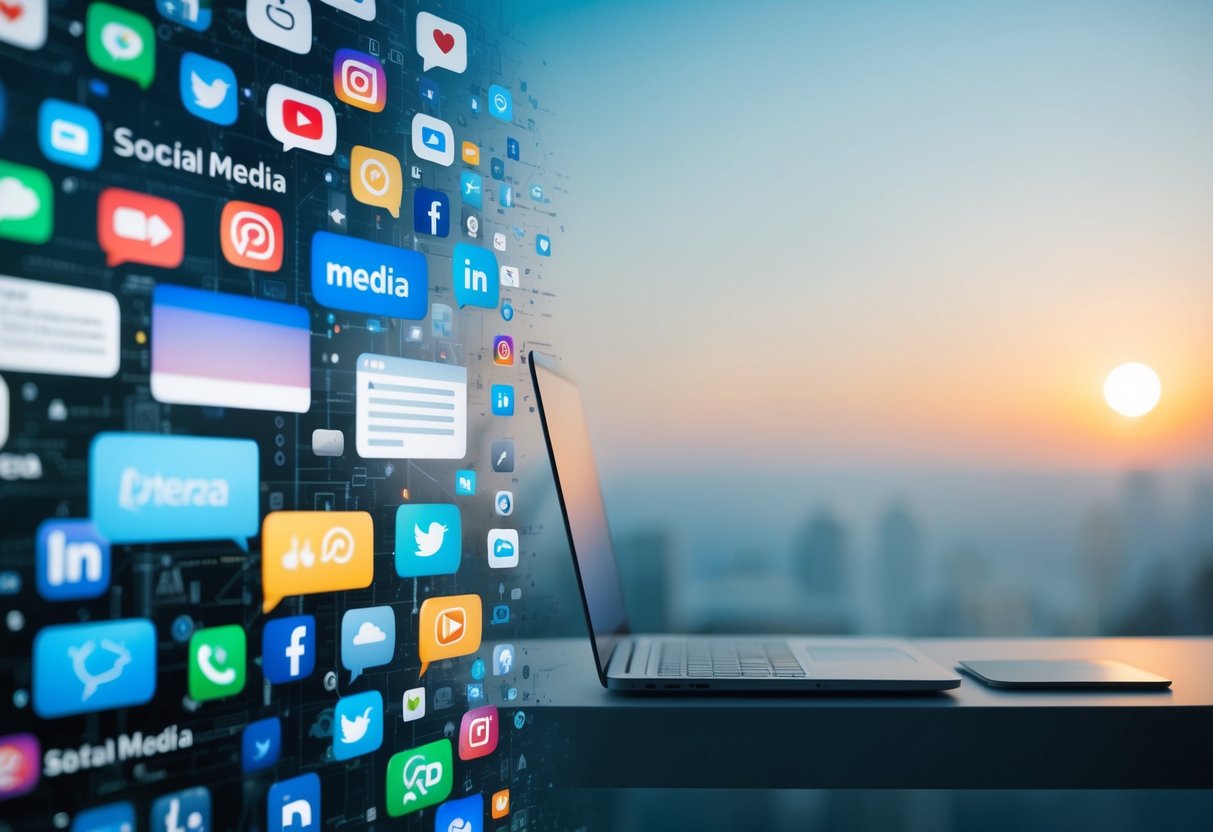
A social media cleanse can make a big difference in our daily lives. It helps us manage our time better, boost our focus, and reduce stress from constant notifications.
What are the benefits of taking a break from social media?
We can feel less anxious and overwhelmed when we step away from our feeds. Taking a break frees up our minds for other interests and gives us more time for face-to-face connections.
How can I start a social media detox challenge?
We should set clear rules before we begin, such as deciding which apps to avoid and for how long. It helps to tell friends so they can support our goals and keep us accountable.
Following advice like removing apps from our phones can make the process easier.
Can a social media detox improve mental health and productivity?
Yes, research shows that mental health and focus can improve when we limit our screen time. A digital detox helps us reset our habits and reduce distractions.
Find more tips on benefits from the Safe2Help Illinois guide to a social media detox.
What should I expect during a one-week social media detox?
At first, we might feel restless or even bored. After a few days, our minds begin to clear, and we often notice less stress and better concentration.
How can I effectively reduce my social media usage without quitting entirely?
We can turn off non-essential notifications, set time limits for app use, or move apps off our home screens. These small steps make it easier to limit scrolling without quitting.
More tips are available from the Lifeline Support Toolkit on digital detox.
What are some common challenges faced during a social media detox?
We may experience FOMO or boredom at first. The urge to check our phones can be strong, especially out of habit.
Staying busy with other activities helps us get through these moments.

